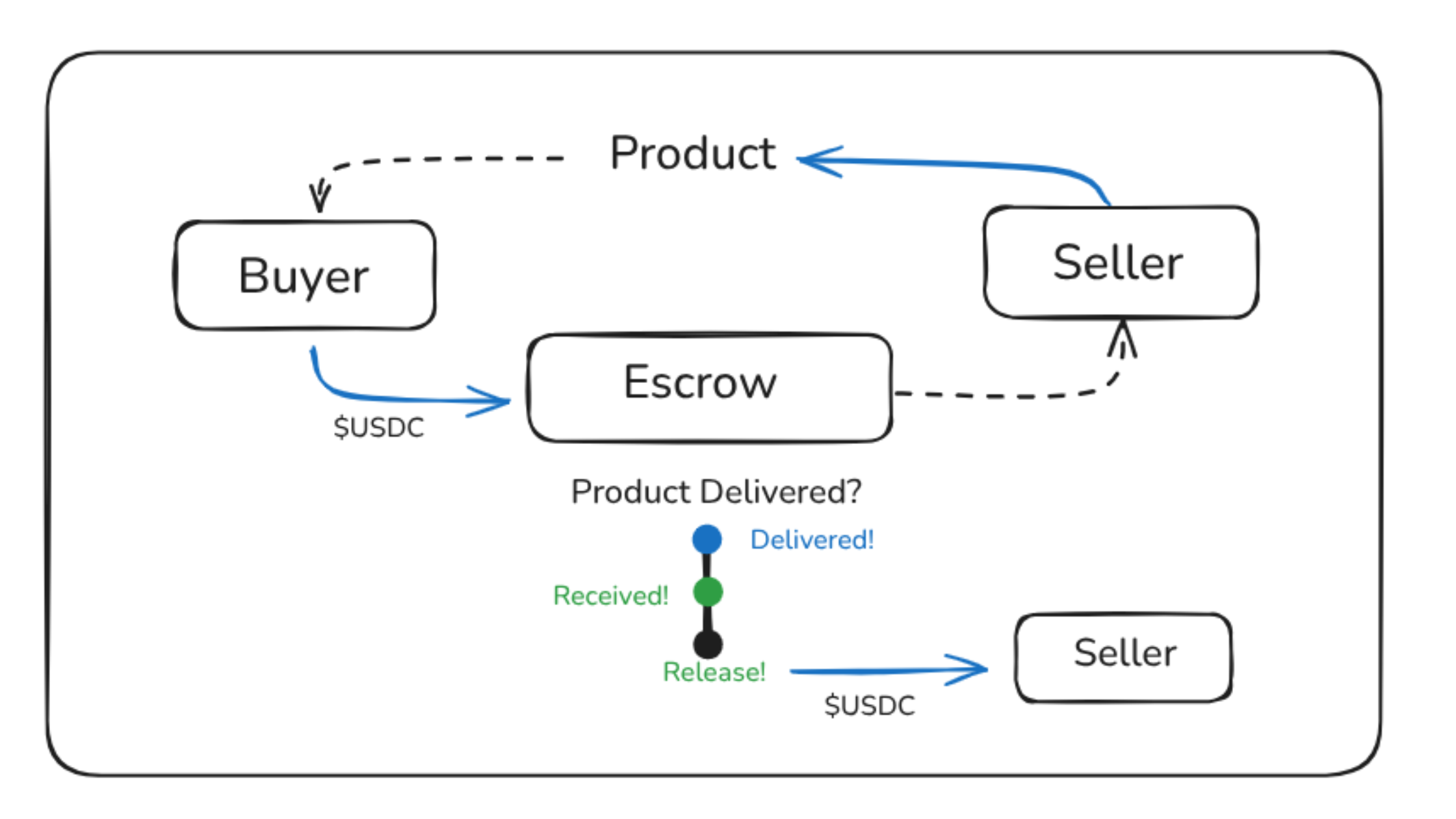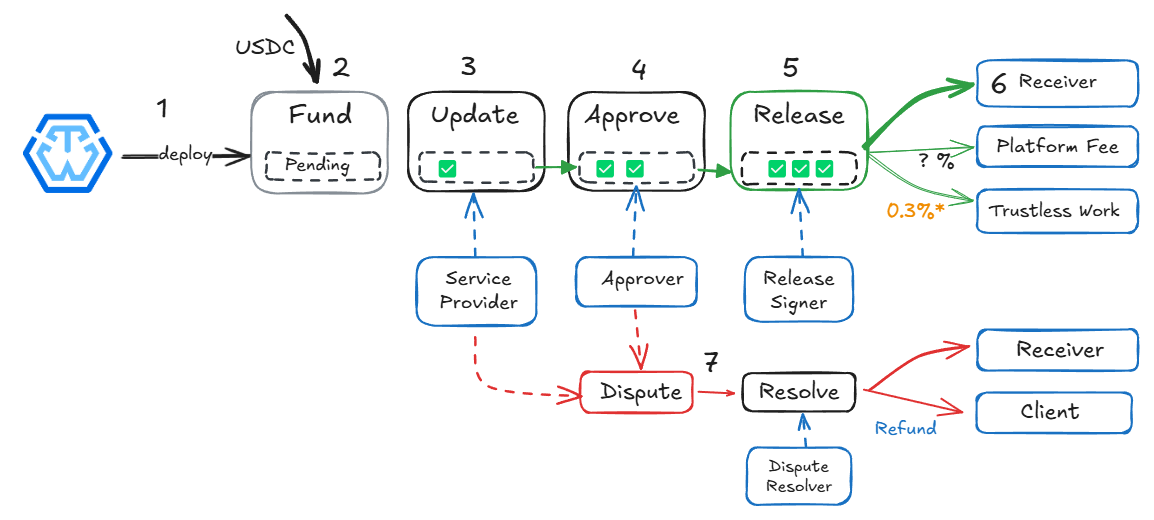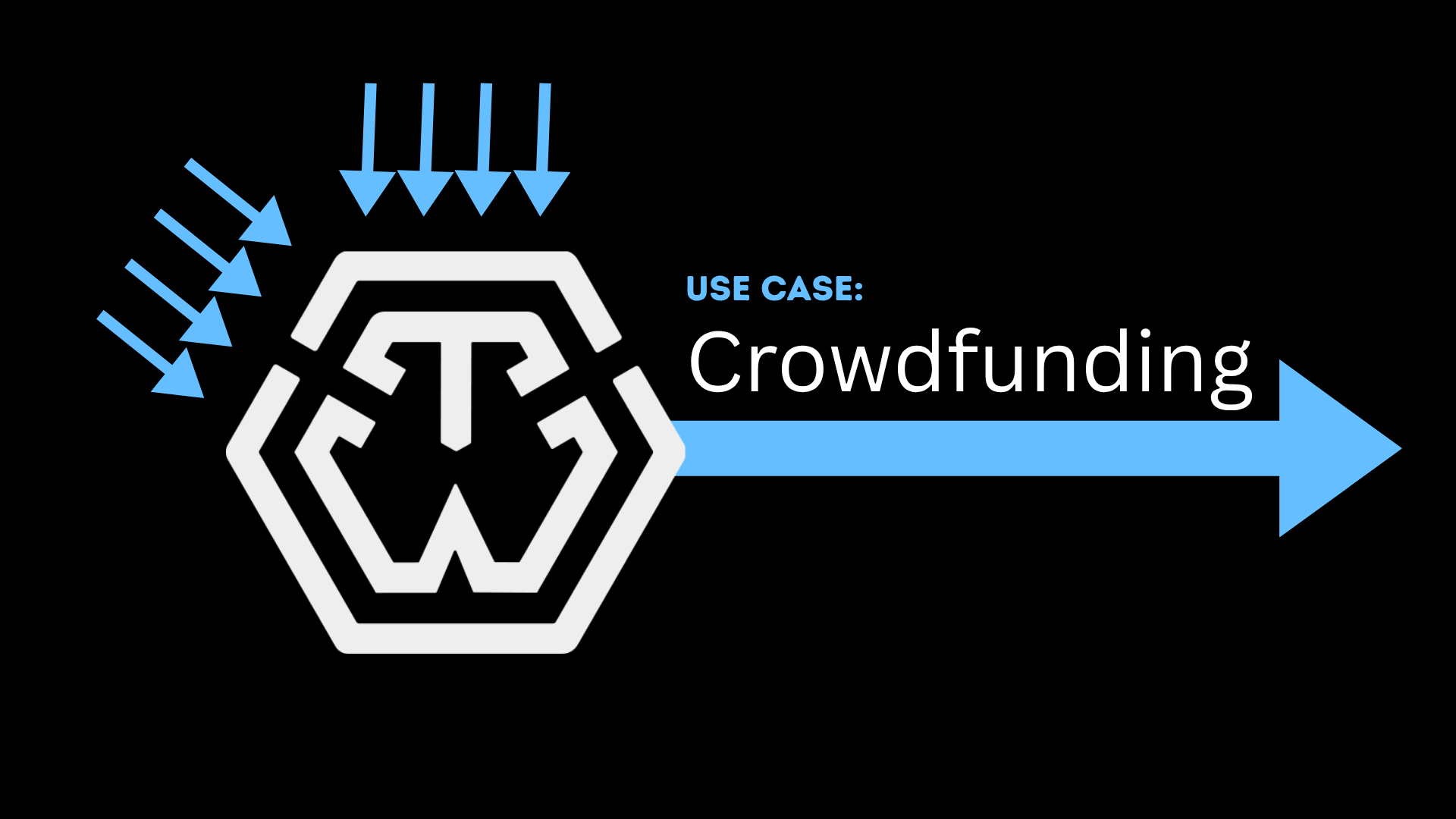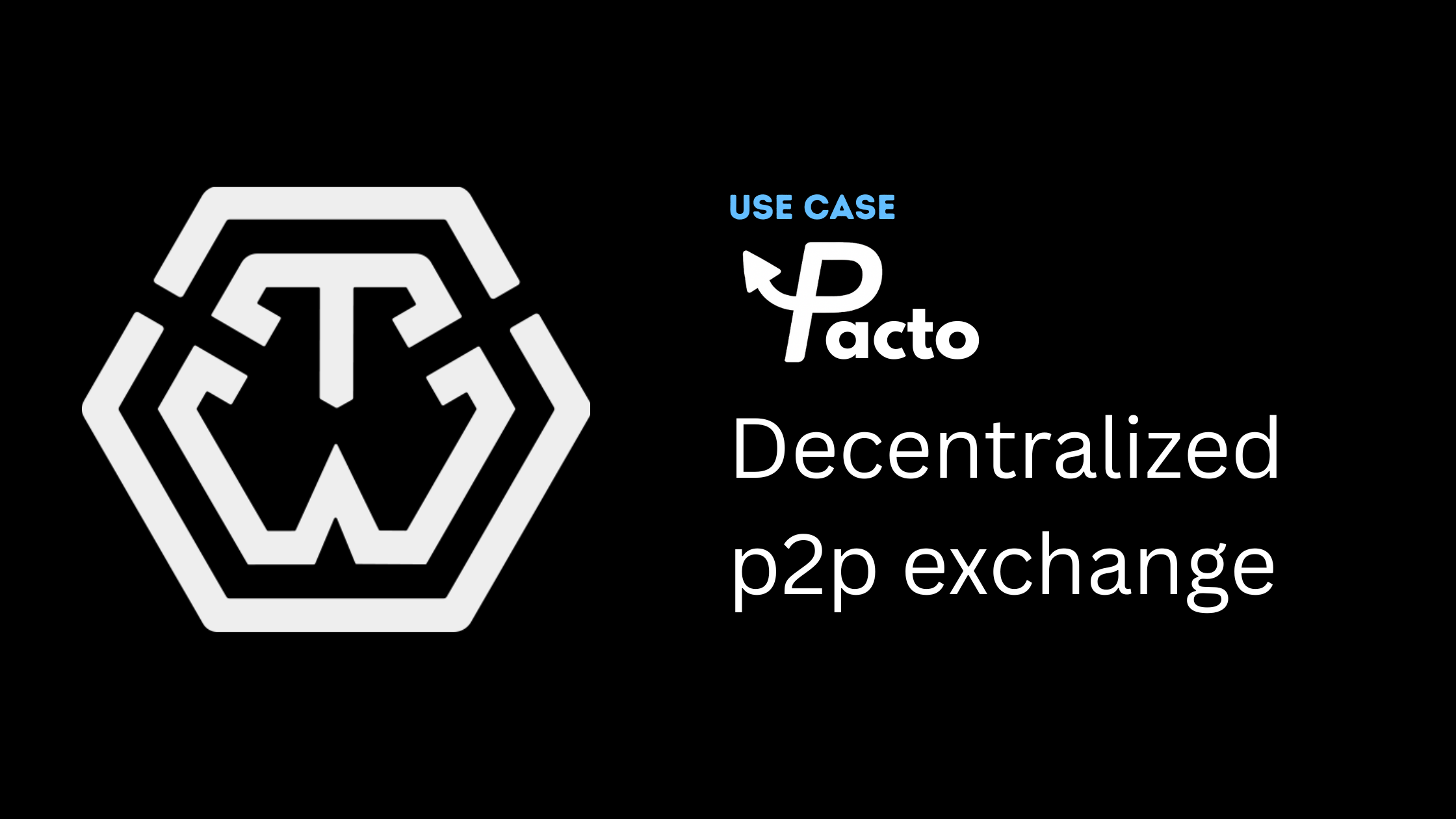You didn’t launch your marketplace to become a payments expert. But without a secure, neutral way to hold funds, you’re stuck dealing with:
- ❌ Fraudulent sellers and refund disputes
- ❌ Chargebacks killing your margins
- ❌ Delayed payouts eroding seller trust
- ❌ Complex compliance and custody risks
Big platforms like Amazon and Upwork solved this by building internal escrow systems — holding funds until delivery is confirmed or milestones are approved.
Most platforms can’t afford that.
Escrow is the Backbone of Trust
Escrow protects both sides of the transaction:
- 🛒 Buyers feel safe spending money
- 📦 Sellers know they’ll get paid
- ⚖️ You avoid becoming the arbitrator or custodian
But building escrow in-house means reinventing the wheel — smart contracts, wallets, logic for deposits, approvals, disputes, releases... not to mention audits, compliance, and integrations.
It’s a massive distraction.
Escrow Solves the Marketplace Trust Problem
Without escrow, you're asking buyers to trust strangers — and asking sellers to trust you'll pay. That trust breaks down quickly.
With escrow, you don’t need trust.

Picture this:
- Alice wants to buy something from Bob.
- She sends USDC, but not to Bob — it goes into escrow.
- Bob ships the item.
- Once delivery is confirmed, the escrow automatically releases funds to Bob.
You’ve now eliminated fraud, chargebacks, and support disputes — without ever holding the money yourself.
Trustless Work makes this flow available to any platform — with just a few lines of code.
- 🧩 Plug-and-play API and UI templates
- 🔐 Role-based logic (who marks, approves, releases)
- 🌍 Global with stablecoins like USDC, EURC
Real-World Use Cases
- Product delivery: Escrow is funded at checkout. Funds release when the product is confirmed received.
- Dropshipping & international: Seller uploads tracking. Funds release once verified or after a timeout.
- Digital goods: Code, templates, plugins, or files — funds unlock after access is confirmed.
- Peer-to-peer sales: Buyers hold funds until they receive secondhand items.
One Escrow, Every Flow

- Deploy escrow when an order is placed
- Fund with stablecoins like USDC
- Update status (e.g. "shipped") by seller
- Approve by buyer or auto-timeout
- Release to seller, with optional platform fee
- Receiver receives the funds as soon as the release is signed
- Dispute if needed, using a resolver or built-in logic
Why Builders Choose Us
- 🚀 Go to market faster — no infra or audits needed
- 🌍 Global by default — support USDC, EURC, and other stablecoins
- 🔐 Neutral by design — funds are locked in smart contracts, not your wallet
- 🧩 Flexible logic — define who plays each role in the flow
Ready to Ship Trust?
Add escrow to your marketplace in a day — not a quarter.





